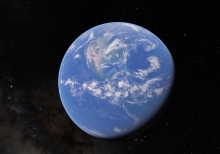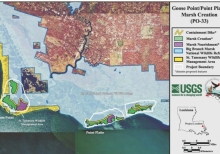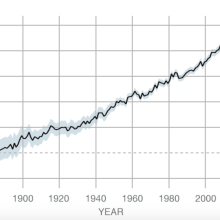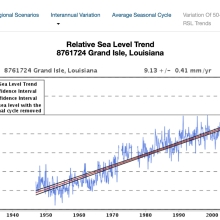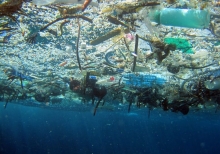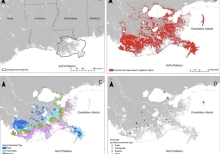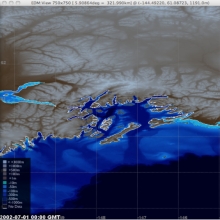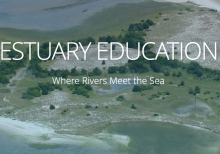Goodbee Subdivision Reduced In Size, Remaining Portion To Be Left As Wetlands
Residents of the Goodbee area northwest of Covington who have been fighting the development of new subdivisions in the flood-prone area for years got some good news at the St. Tammany Parish Zoning Commission's Feb. 4 meeting. Commissioners approved a request to reduce the size of the planned unit development formerly known as The Preserve at Goodbee Lakes from 75 to 32 acres and rezone the remaining 43 acres to A-1 Suburban District so they could be maintained as wetlands. The number of homesites would be reduced from 92 to 66.

